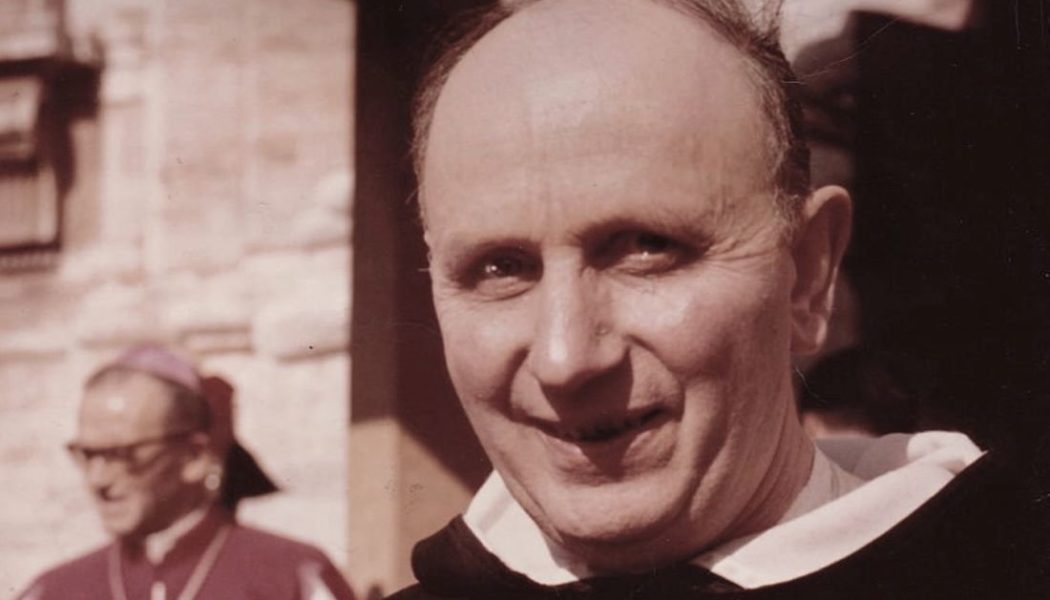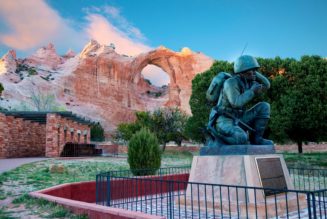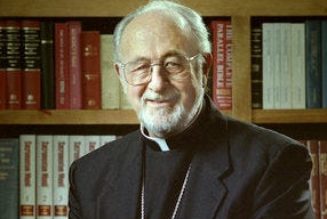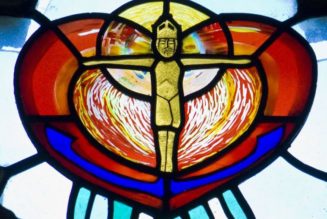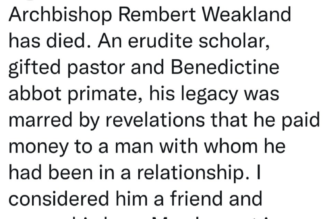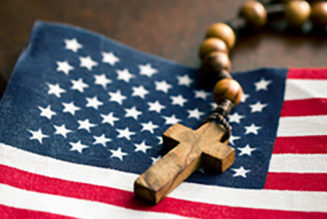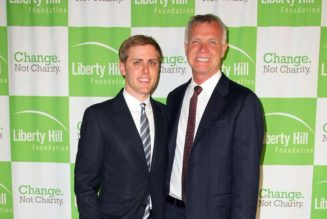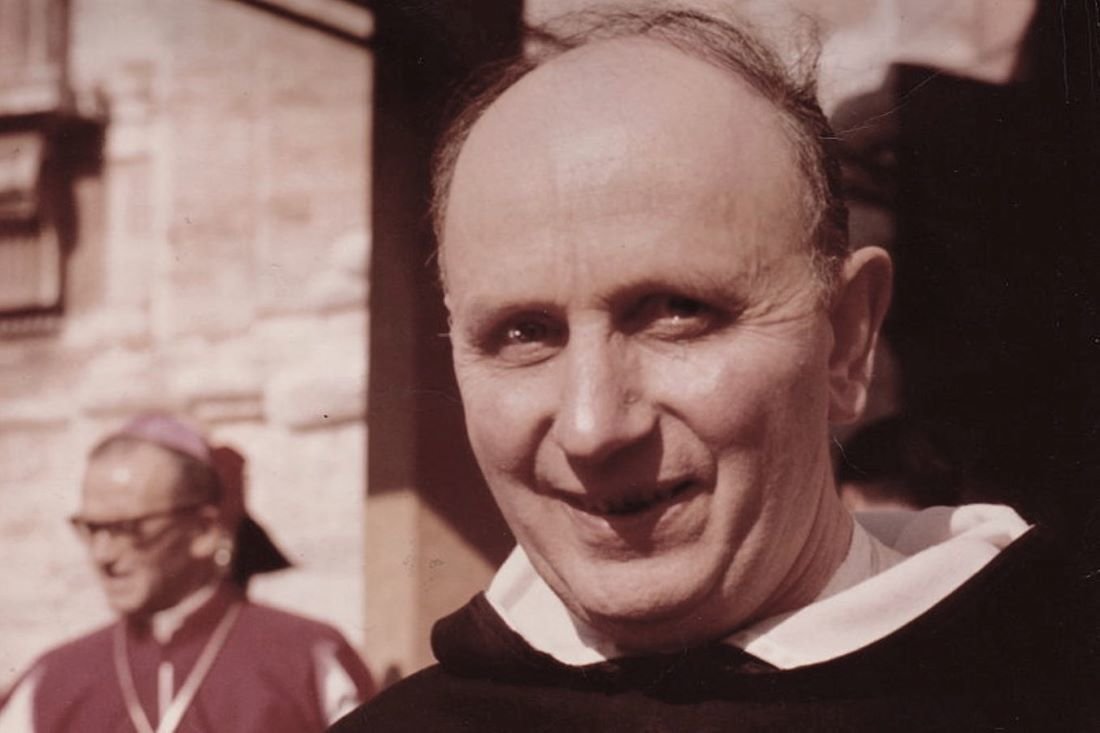
I was recently called a “JP2 Catholic” in a public forum. To me, that didn’t feel quite right. John Paul is my personal hero, but I wouldn’t say that captures it, for me. What I sense as the task of the Church right now is not the personal project of a particular pontiff, but an epochal work of the entire Church, uniquely contributed to by that great saint, but far surpassing any individual. What is my “camp” then, I wondered?
I worked a year after graduating college and then went to seminary. My parting gift from my first job was a Kindle filled with all of the Ignatius Press books. Seminary for me was a pretty serious time of discernment and study so I spent most of my time in my room, inhaling everything on that Kindle from De Lubac, Ratzinger, and Von Balthasar.
The parts were tremendous, but the sum was even greater. The whole “Communio” project, to me, felt positioned toward this question of reform. In the face of an anamolous cultural context, the secularizing wave of post-modernity, Christ’s own Church would be invited to rediscover the vital core of her life: the inauguration of all humanity into the freshest news the world had ever heard. To do so, however, would require conversion.
Since that time, this has been the through line through the various steps of my journey – in teaching high school, parish ministry, L’Alto Catholic Institute, Revive Parishes, my work at the Archdiocese of Denver, and now with the Eucharistic Revival – I have searched for the places where God is “on the move” to bring about the missionary conversion of the institution. Where he is aligning the ecclesia sacramentorum (as Congar puts it) with the ecclesia sanctorum.
Through trial and error, discernment and pivots, I have wanted to understand, participate in, and, even, if I may, “popularize,” what I consider this most pressing question: practically, how does the Church experience reform and renewal? How can it convert itself, all of its structures, processes, institutions, ways of thinking, so that it can do the thing for which it was founded, namely, bring all into the life and life to the full for which their hearts throb?
This is why I joined in the National Eucharistic Revival project. To have assisted the bishops in what is inherently a reform/renewal initiative, one of the broadest they’ve attempted in some time, by calling the Church back to the encounter at the heart of it all, will be, forever, among the great honors of my life.
This project of the Council, what my friends in my Ignatius Press books seemed captivated by, and which has subsequently grabbed my imaginative categories, this possibility that the Church could actually become great again at the thing she was founded to do, to preach Jesus Christ and him crucified, is so much greater than the back-and-forth talking points and simplistic solutions of online Catholics. It is the work of hundreds of years, requiring real sacrifice in the lives of Catholics, on the ground, taking risks, in order to effectuate it.
At times, though, I have to be candid in admitting that I wonder if this project has lost steam. It is an awkward place to find oneself, a “Communio” Catholic, today. Far too progressive for some, far too conservative for others.
I fear these camps developing in our hyper-polarized climate, our worldviews so informed by the smog of social media. Questions of reform are so important that they are worth arguing about, no doubt. However, a persistently insecure and self-referential Church is ultimately unhelpful. Reflection on the nature of the Church should ultimately lead to greater evangelistic zeal and sharpness, an enthusiasm and Spirit-led effectiveness born of a confidence that she carries the greatest news the world has ever heard. All of the ad intra back-and-forth, it seems, must finally be oriented toward the universal call to holiness and mission, or it risks becoming noisy cymbals, clashing gongs. If it stops us short of ever arriving at a broader institutional cultural awareness of this apostolic identity, then I cannot see how it constitutes an authentic movement of reform.
As for my own thinking on that critical question: how does the Church reform itself – I feel less sure of my own particular answers to that question than I was one, three, five, and ten years ago.
I do know this, while the Church figures it out, how to realign her bones, like self-chiropractic, in order to increase her mobility and undo the knots of years of misuse, the heart, the Eucharist, is still pumping, God is still on the move, and the Church is still receiving her life and vitality from what is always her greater genius and project: the saints who move quietly among us.
